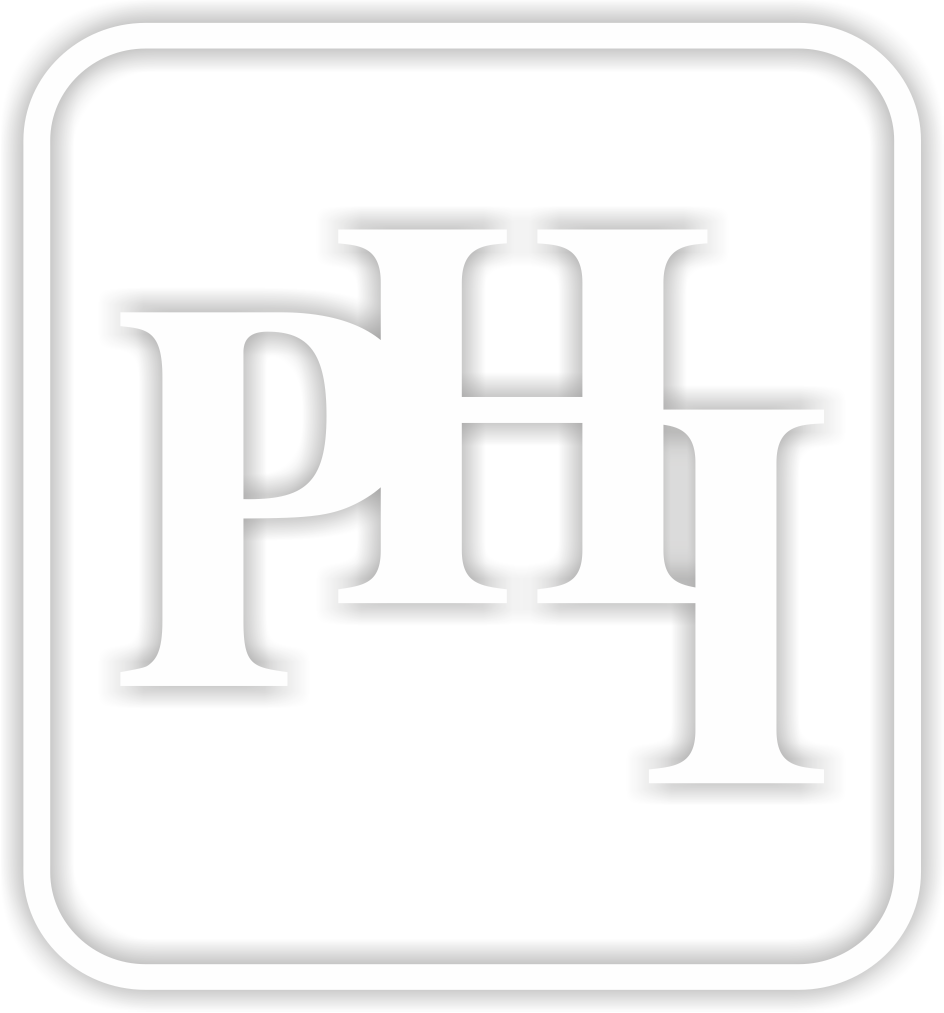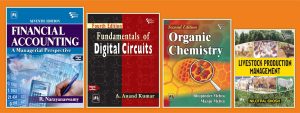As a student you never think how a textbook should be, but you certainly know whether it appeals to you or not; whether the textbook is able to arouse enough curiosity in you to get going and learn the next topic or you simply lose interest after reading a few pages. Whether it is worth spending time on it! And whether you gain any real knowledge reading it.
The textbook should not be merely a device for earning marks in examinations. Here comes the authors’ and publishers’ responsibility!
It is very important for the authors to write a textbook keeping in mind the curriculum needs, students’ interest, and the students’ learning ability at a particular age bracket, and accordingly prepare a plan for each chapter. Most of us know that a good textbook is one which is written in a lucid manner for easy understanding. But is this enough? Of course not! It is equally important for the authors to choose contents carefully and decide on the depth of information required for the students of that particular standard. If you skip this crucial step of analyzing and making judgment on what to include and what to exclude, this may create a serious hindrance in students’ learning, and also in decision-making in favour of the text. This issue arises due to abundance of information on the subject available through different sources, especially on the web. Here, the authors’ must take responsibility for carefully analyzing the information and designing the text or the course material accordingly!
Though a textbook is not the only resource for learning a concept, it is still viewed as an indispensable tool for both teachers and students whether at school or higher education. Besides being an important teaching resource, textbooks are also considered a self-directed study device to encourage students to acquire knowledge independently. Not only this but also the textbook prepares students for evaluation processes to allow them to next level entry. At the same time, it empowers them with the required hands-on experiences and much needed skills during their higher studies, thence serve as a gateway to career in industry. To ensure a successful learning experience, the authors must sync concept detailing with the quality, which obviously deserves greater attention in addition to the quantity. Over and above, a quality book should have all desirable pedagogical features in place to supplement text and support effective learning. Some of the features include learning objectives to define learning outcomes, interviews, case studies and vignettes, illustrations (photos, diagrams, charts, tables, maps and figures), examples of best practices, simulations, glossary of terms and practice questions. By virtue, employing effective pedagogical approaches as per the demand of the subject helps students achieve learning outcomes and realise their full academic potential.
All-embracing, an authentic text is one that not only narrates concepts like a good teacher but also involves students in learning and allows them to interact. But again, the foundation of a textbook lay on logically planned contents and a strong structure that set a judicious, well thought out direction for the students to navigate the contents. Hence, the textbook should be designed in a way how best the students can digest it, assimilate it and turn it to their real advantage!
We, at PHI Learning, try our best to publish books keeping all important criteria in mind to help students achieve their true potential and enjoy learning. So, visit us at www.phindia.com to explore and navigate contents of books curated as per your curriculum needs. Some of the pathfinder texts, embedded with desirable features, published by us are here to give you an idea of what a good textbook looks like, and of course, to help you find one of your interest….


Leave a Reply